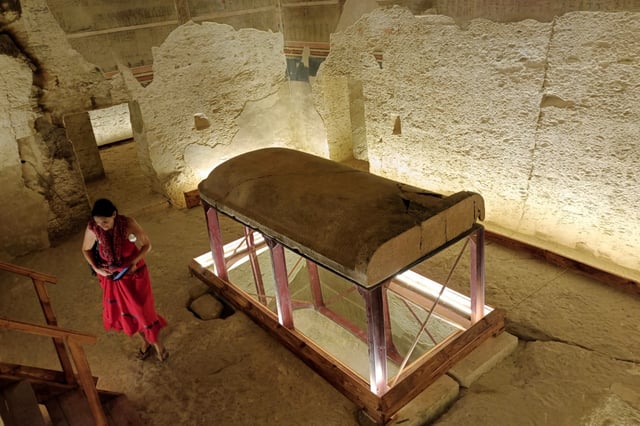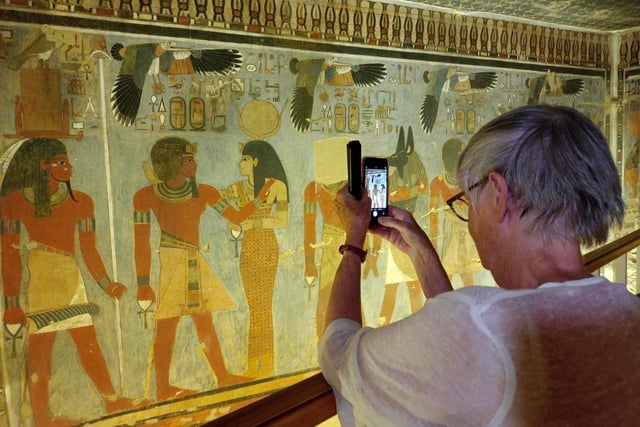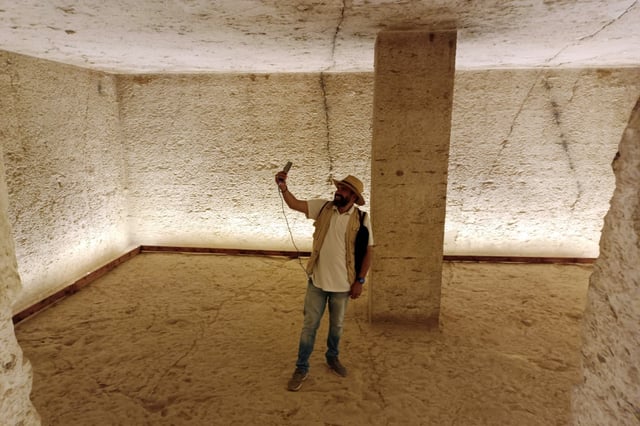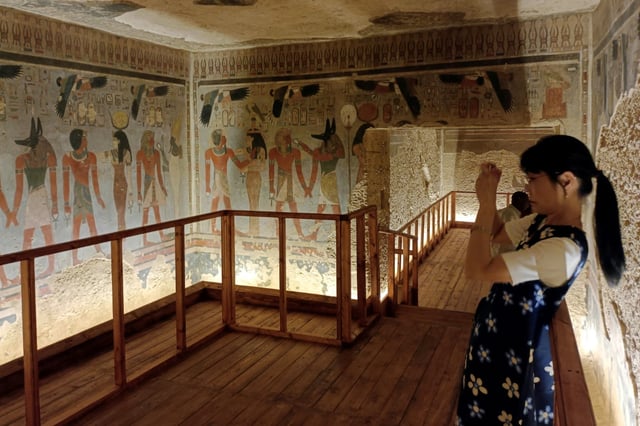Overview
- Egyptian authorities hosted an inauguration on Luxor’s west bank as the site returned to public access.
- Roughly two decades of conservation addressed extensive wall damage and structural risks highlighted by UNESCO.
- Renovation work drew assistance from UNESCO and the Japanese government, reflecting international cooperation.
- Early excavations and subsequent looting dispersed many funerary figurines to the Louvre, the Met, and Highclere, according to a Waseda University study.
- Amenhotep III’s mummy and sarcophagus are in Cairo’s Museum of Egyptian Civilizations, while colossal statues are displayed at the Egyptian Museum in Tahrir and the Grand Egyptian Museum; nearby, his Kom Al‑Hittan temple still features two granite colossi.



